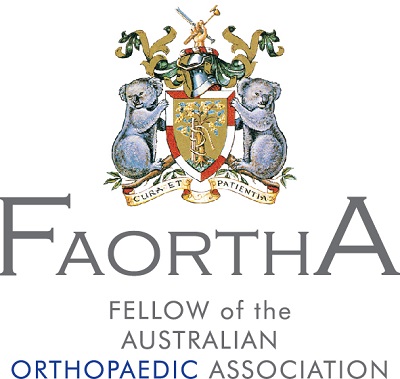Key information:
Elbow Arthroscopy
Elbow arthroscopy is a minimally invasive surgical procedure for diagnosing and treating many elbow conditions including arthritis, fractures and problems caused by loose bodies in the joint.
Treating sports injuries and general trauma to the elbow has exposed Dr. Kenny to a variety of complex scenarios and provided invaluable experience for continuous improvement of arthroscopic techniques. His patient-centered approach is reflected in the adoption and development of advanced techniques that aim to lessen the impact of surgery on a patient and improve patient outcomes.
Conditions
Fractures and other injuries to the elbow can lead to significant stiffness and pain in the joint.
Arthritis is not curable by arthroscopy but patients with arthritis of the elbow can usually enjoy an improvement in symptoms and function after arthroscopy.
Elbow stiffness or tightness is commonly caused by sprain, strain or fracture of the arm. In older people it is often the result of osteoarthritis.
Common symptoms:
- Elbow pain
- Elbow stiffness
- Reduced elbow motion
- Discomfort when using elbow joint
- Weak grip
Diagnosis may involve:
- Medical history review
- Physical examination
- MRI
- X-ray
The procedure
Elbow arthroscopy is often performed under general anaesthetic and usually takes between 1 to 2 hours, depending on the condition being treated.
An arthroscope (video camera and light) is inserted through a small incision in the elbow. This enables a monitor view of the inside of the elbow. One or two additional small incisions are also made to allow other surgical instruments to be inserted into the elbow. This enables loose bodies to be removed and problematic bone spurs can be smoothed with a burr during the procedure.
Post operative
Dr. Kenny will usually arrange an overnight stay. Range of movement restrictions will be directed by Dr. Kenny. Occasionally a splint or cast will be applied to prevent movement of the elbow until it is healed. It also helps to elevate the elbow to avoid swelling and minimise pain. Ice can be applied in a wrap to help further with this.
Any ongoing pain can be managed with medicines and physiotherapy as directed by Dr. Kenny. Physiotherapy can also help you to slowly regain the motion and strength of your elbow.
Prognosis
Elbow arthroscopy can be successful in relieving pain and helping patients to regain elbow motion. However, the procedure may not always return full strength to the elbow, depending on the condition treated and how far advanced it is.
Elbow arthroscopy can require an extended recovery period. The pain should be gone within 3 to 6 months and you should also have good motion by this time if you follow a recommended physiotherapy plan. Strengthening exercises are usually for up to a year after surgery.






